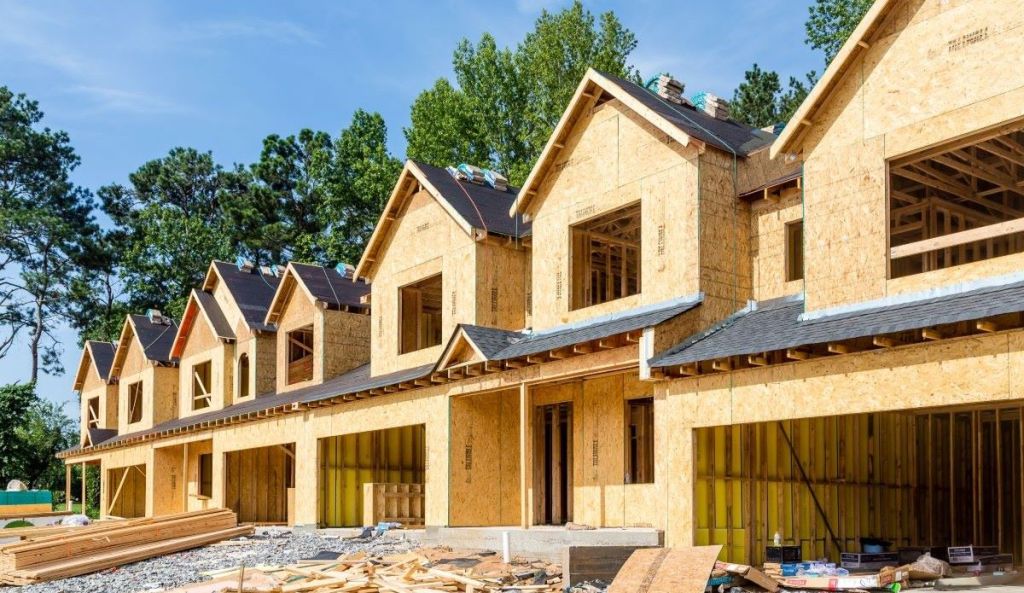We heard a lot about the need for millions of new homes during the run-up to the election, so I can imagine how shocked some people are to see today’s report on housing starts and permits at recession levels.
Minneapolis Fed President Neel Kashkari recently stated that housing demand is high so the clearance rate (mortgage rates) should be higher. Since a Fed president makes this claim, it’s worth examining the data closely as he and his staff should be able to see the same housing data we are all looking at.
We should note that existing home sales are in the third consecutive year of the lowest sales on record when you adjust to the workforce size. Meanwhile, when Kashkari made this statement a few days ago, the data on housing starts and permits was already at levels seen during the early COVID-19 recession. Traditionally, if demand is high, housing starts and permits should rise, but we are at recession levels today.
Housing starts and permits have been falling for some time now, so the Fed staffers should be able to pick this up with basic vision skills. Builders pay down mortgage rates as much as possible to move products, so Kashkari’s comment on clearance rates shows that he doesn’t know what he is talking about.
Today’s housing starts report shows the same trend we have been seeing for some time: builders tend to get more bullish about building homes when mortgage rates head toward 6%, just like the existing home sales data improves. However, they slow down when mortgage rates are between 6.75% and 7.5%. This is just with single-family permits; 5-unit permits are at recession levels already and not showing much life at all.
From Census:
Housing Starts: Privately-owned housing starts in October were at a seasonally adjusted annual rate of 1,311,000. This is 3.1 percent (±11.6 percent)* below the revised September estimate of 1,353,000 and is 4.0 percent (±9.0 percent)* below the October 2023 rate of 1,365,000.
Building Permits: Privately-owned housing units authorized by building permits in October were at a seasonally adjusted annual rate of 1,416,000. This is 0.6 percent below the revised September rate of 1,425,000 and is 7.7 percent below the October 2023 rate of 1,534,000.
The charts below speak louder than any words. It doesn’t seem like we will build millions more homes like everyone had hoped. When it comes down to it, the supply and demand model works and new home sales currently today are still below levels we saw during the tech recession in 2001.
On a positive note, builder confidence improved when mortgage rates fell from 7.5% to 6%. However, rates have since increased again. According to the data, we know that builders have the potential to boost sales by offering lower rates to attract buyers. But the market has only been able to maintain the low 6% rate for short time periods. If we want to see significant growth in housing starts, we need to hold that level for longer.
A lower Fed funds rate can assist with land purchases and apartment construction, but that process would take considerable time before we see any development. We are already behind in this regard and if this trend continues, we should expect rent inflation to increase.
The key takeaway from today’s housing data is that there simply isn’t enough demand to justify additional construction — at least as far as the builders are concerned. Builders, as we know, are not charitable organizations. I wrote an article back in 2021 when many believed a massive construction boom would last for a decade. However, I cautioned that once interest rates rise, we shouldn’t be surprised if housing starts decline. As the Mandalorians always say, “This is the way.”
So, what can be done about this situation? Unfortunately, not much until mortgage rates drop again and remain low. I am realistic about how low mortgage rates can go in the current environment given the economy’s expansion and the Federal Reserve’s policies. However, if mortgage rates trend toward 6%, it could at least breathe some life into the data. For now, though, we are experiencing a general apathy toward housing construction, which means millions of homes will stay unbuilt.







Great take. We have so few who accurately understand housing fundamentals at the federal level. No wonder they can’t help solve the problem. They don’t even acknowledge there is a problem. I’m actually surprised at the market’s resilience, given the circumstances.